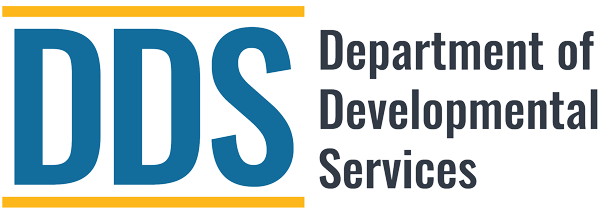Finding a safe, stable place to live is one of the most important parts of building an independent life. Across California, new housing developments are supporting people with intellectual and developmental disabilities (IDD) to do just that.
In Sacramento, The Heights on Stockton recently opened its doors. This new affordable housing community includes ten apartments for individuals with IDD receiving services with Alta California Regional Center (ACRC). One new resident, Mindee Brown, shared how the move changed her life. “Alta Regional and Step Housing has helped me find this place. And I’m very fortunate to have this place,” she said. ACRC will provide long-term case management and personalized services to support residents in their new homes. Watch a short video of The Heights on Stockton’s grand opening on the Department’s Instagram.
In Modesto, 1612 Apartments transformed what was once a Clarion Inn into 144 studio apartments for individuals with developmental disabilities with Valley Mountain Regional Center. The project is part of a growing effort to turn unused or underused buildings and hotels into safe, modern homes for people who need them most. A video shown at the grand opening captured the transformation from hotel to housing and highlighted stories from new residents.
In Oceanside, the South River Village Apartments includes 43 affordable one-, two-, and three-bedroom apartments, including 15 apartments for individuals with IDD. The grand opening is scheduled with the San Diego Regional Center for August 7.
Additionally, new developments continue to move forward across California. In Pomona, construction will soon begin on the Prisma Artists Lofts. This new 75 affordable multifamily housing community includes 11 apartments for individuals receiving services with the San Gabriel/Pomona Regional Center. Not far from there, the Bryson II, a 64-unit affordable multifamily housing development in Los Angeles has opened with 15 units set aside for people receiving services with Frank D. Lanterman Regional Center.
These projects are more than just buildings. They represent partnerships between local leaders, nonprofit housing organizations, regional centers, and the Department. As more developments like these open across the State, more individuals with IDD will have the chance to live in homes where they can thrive, feel supported, and be a part of the community.

